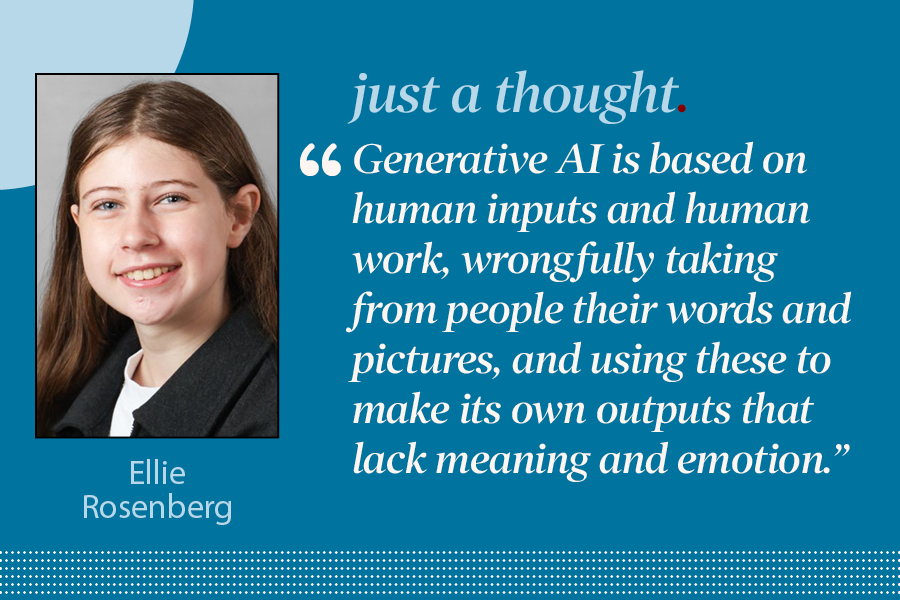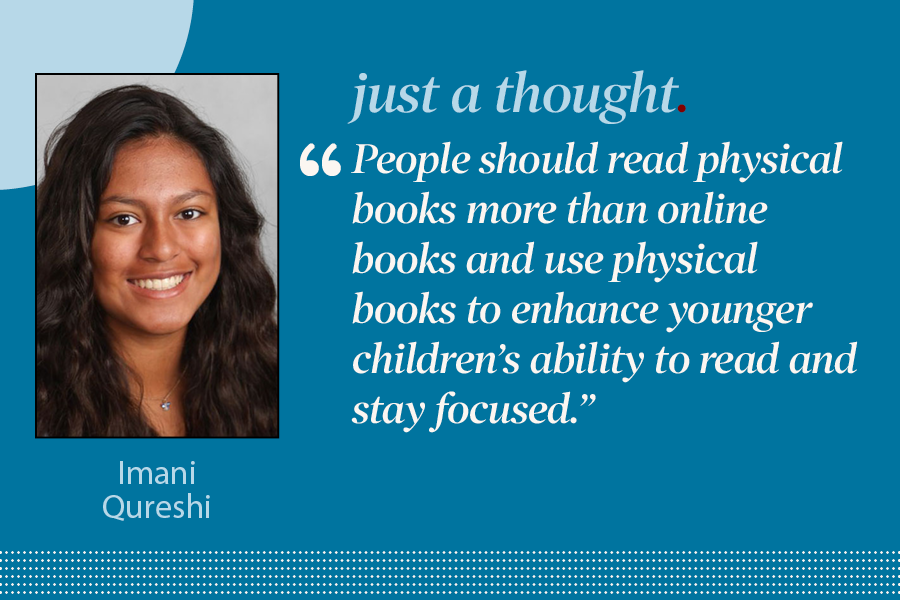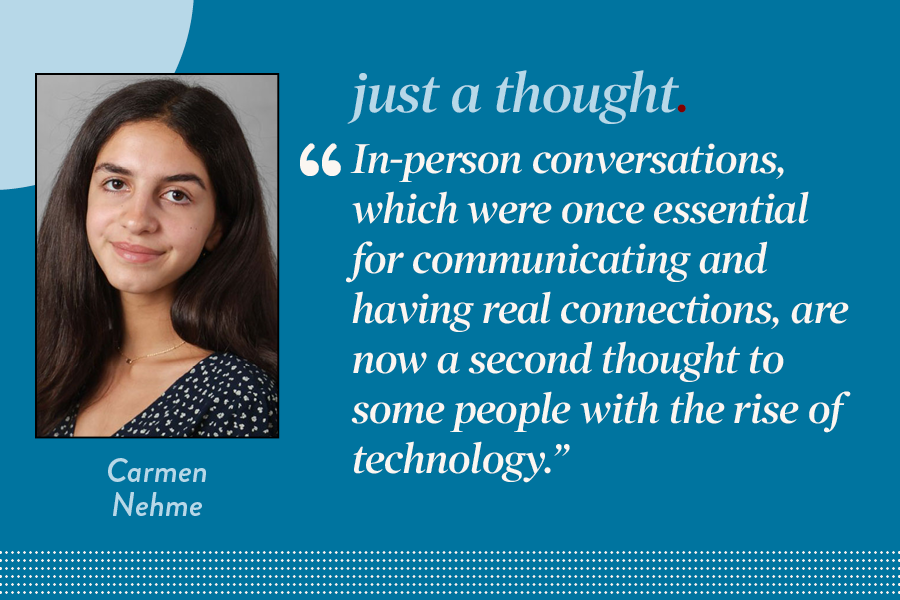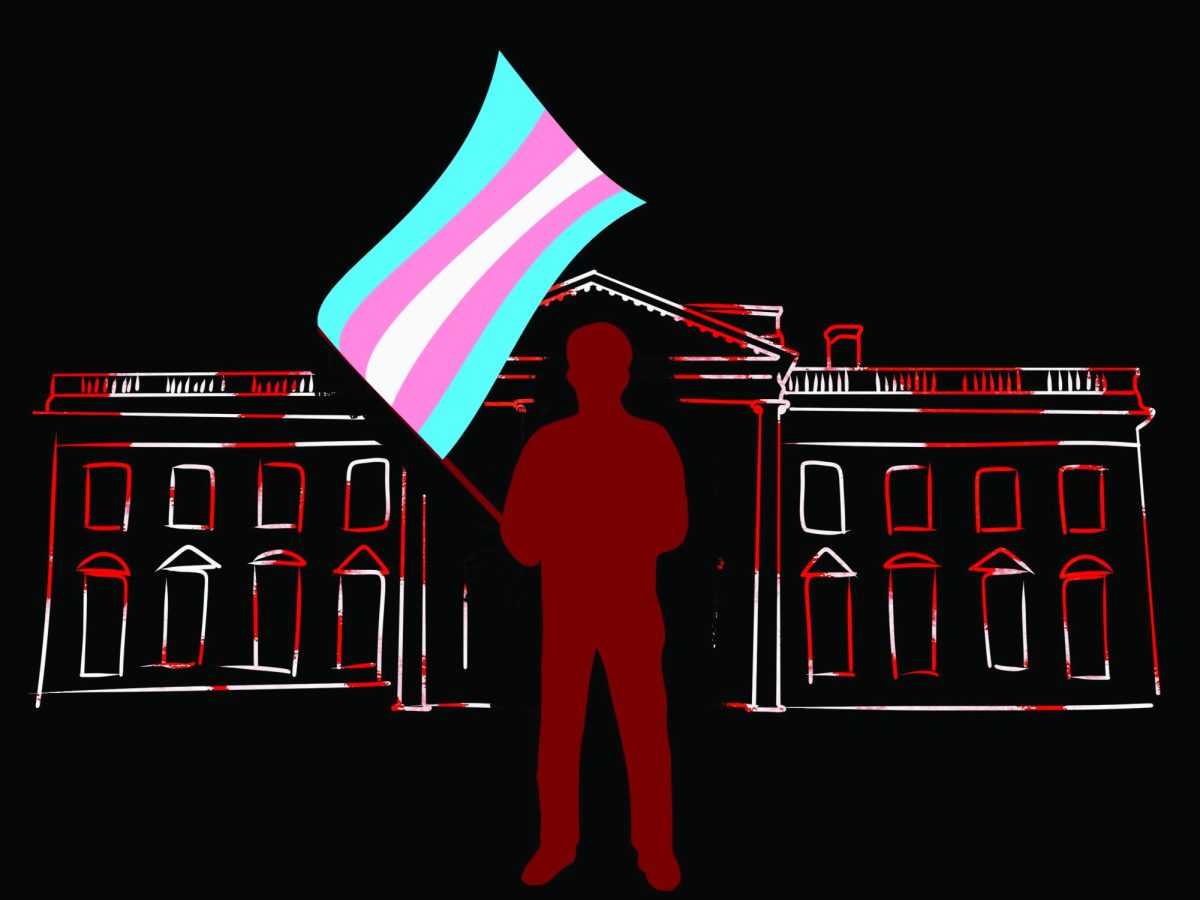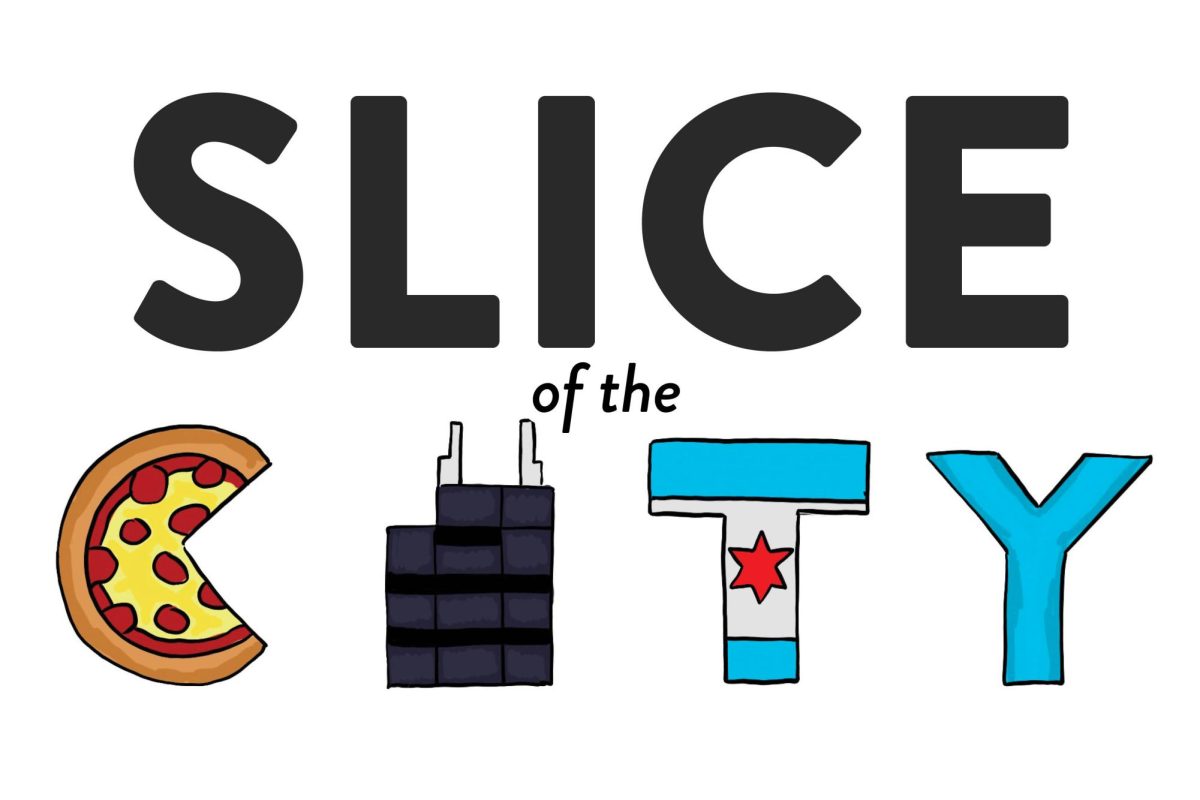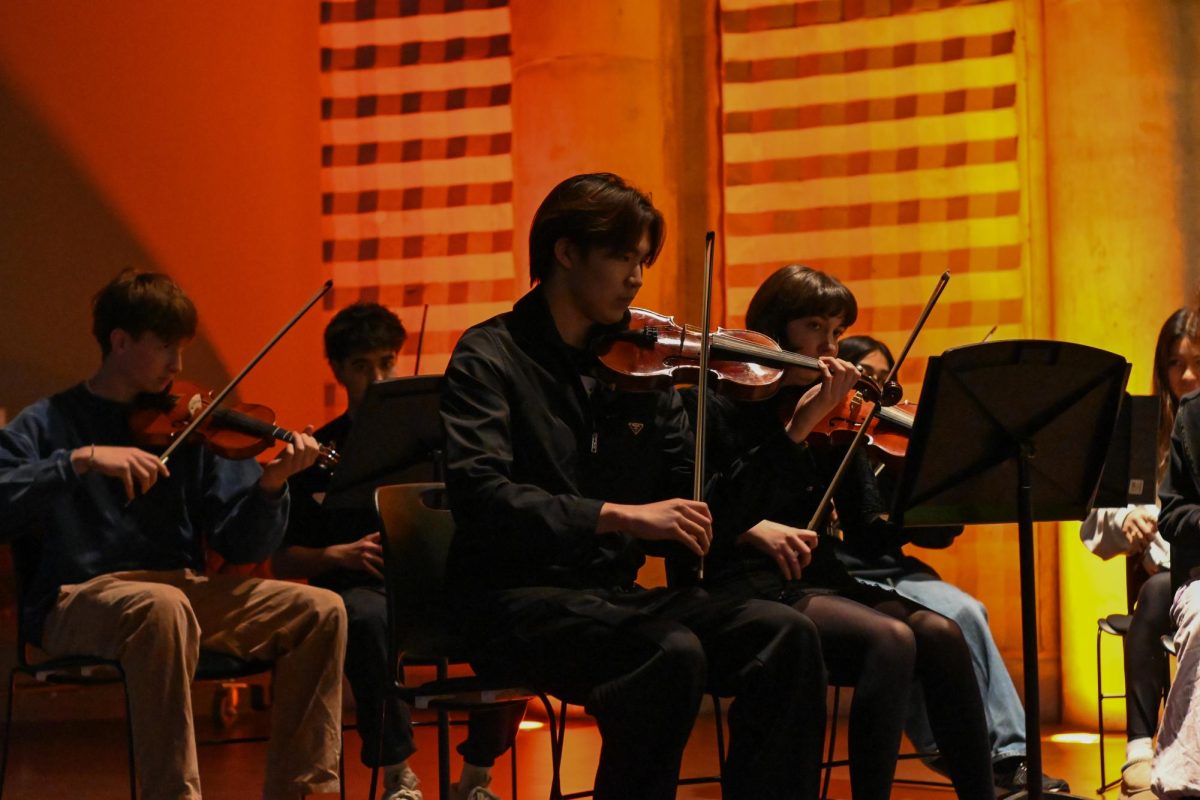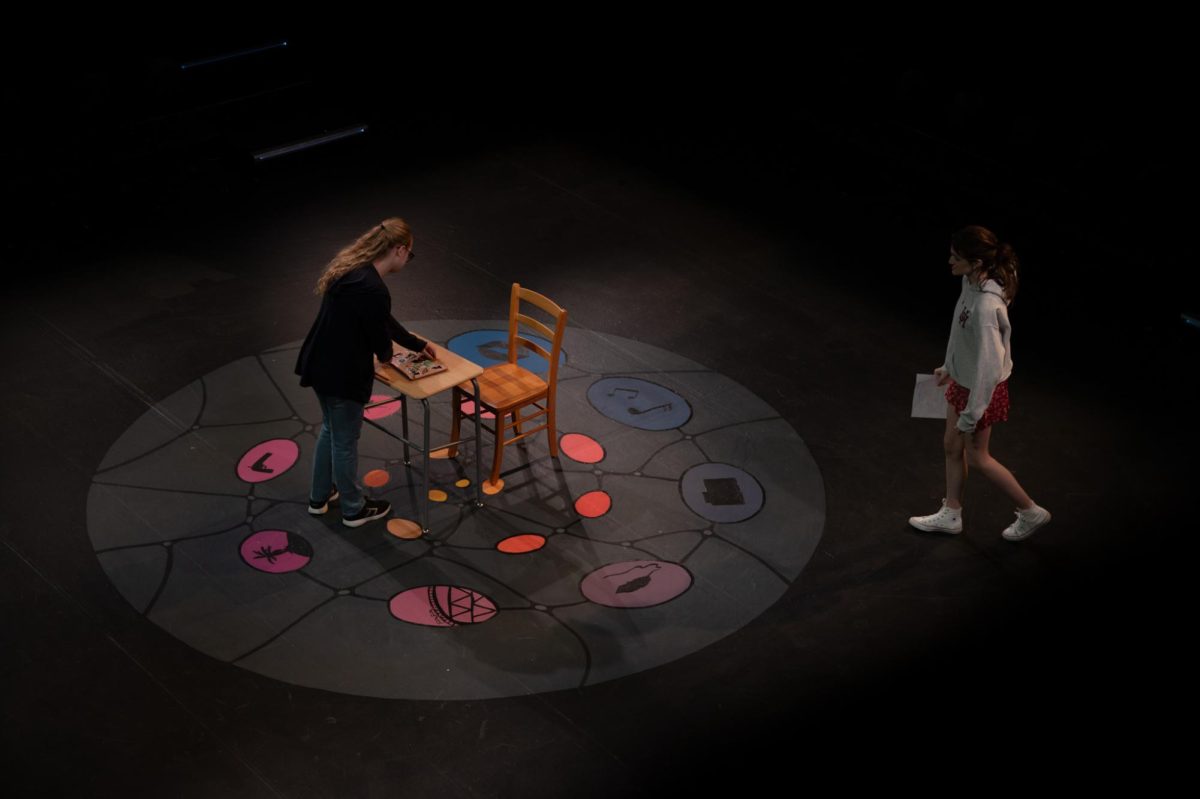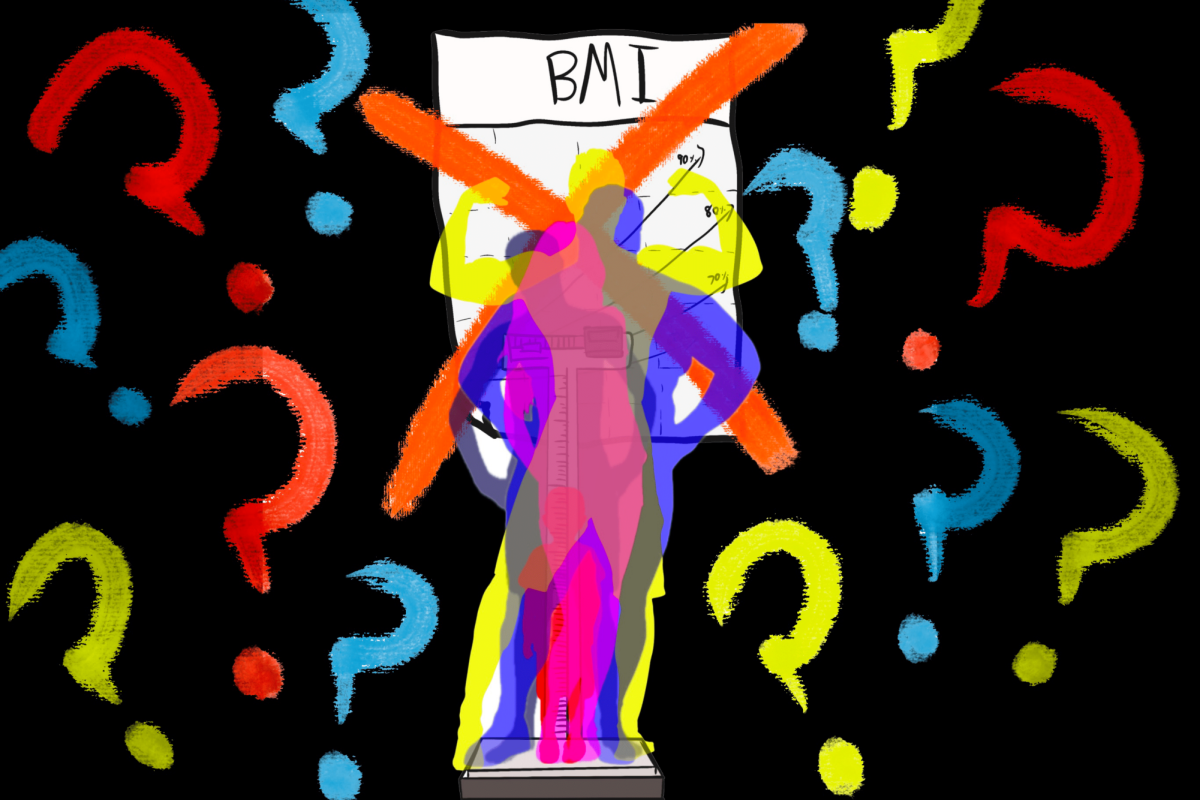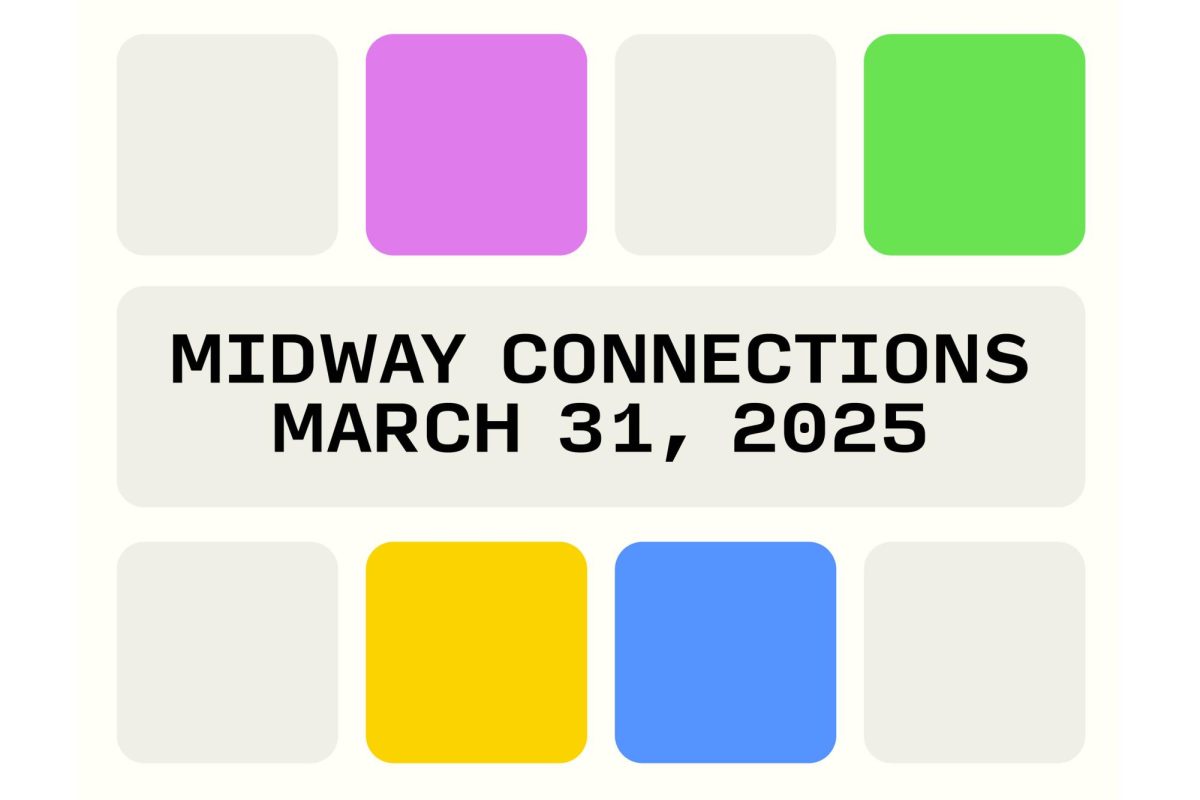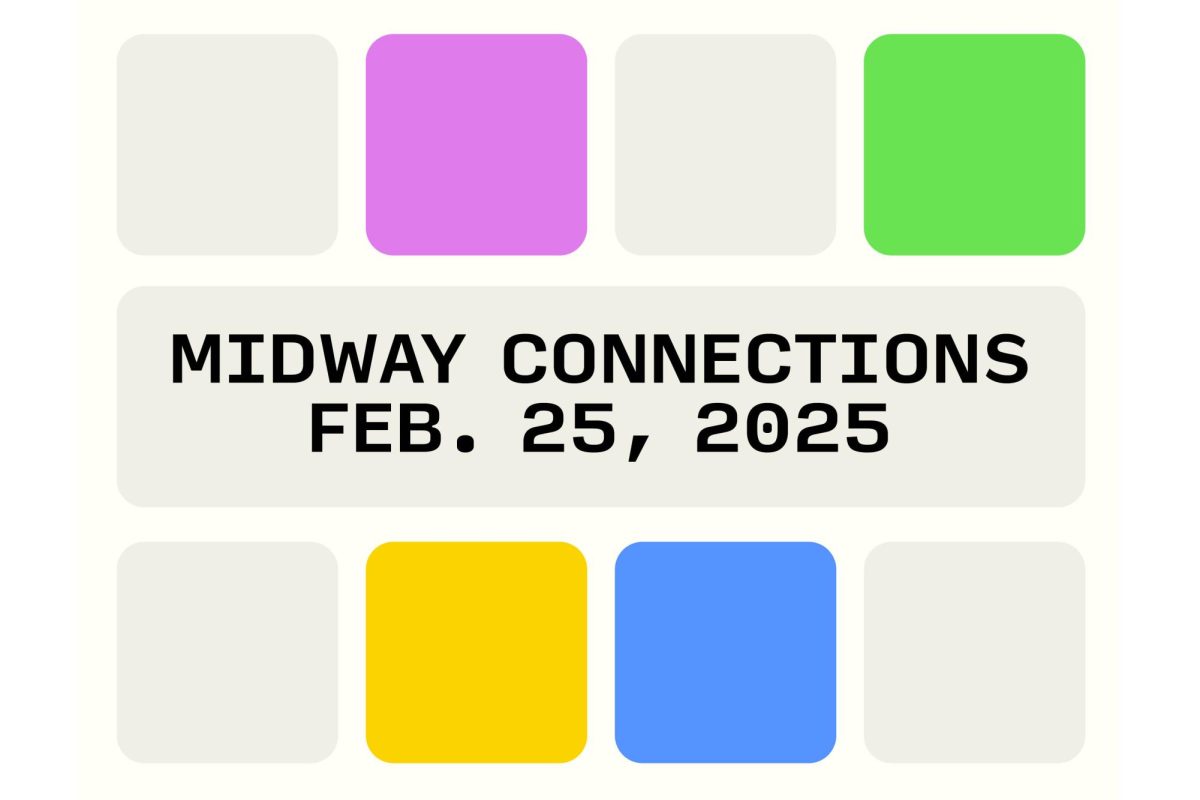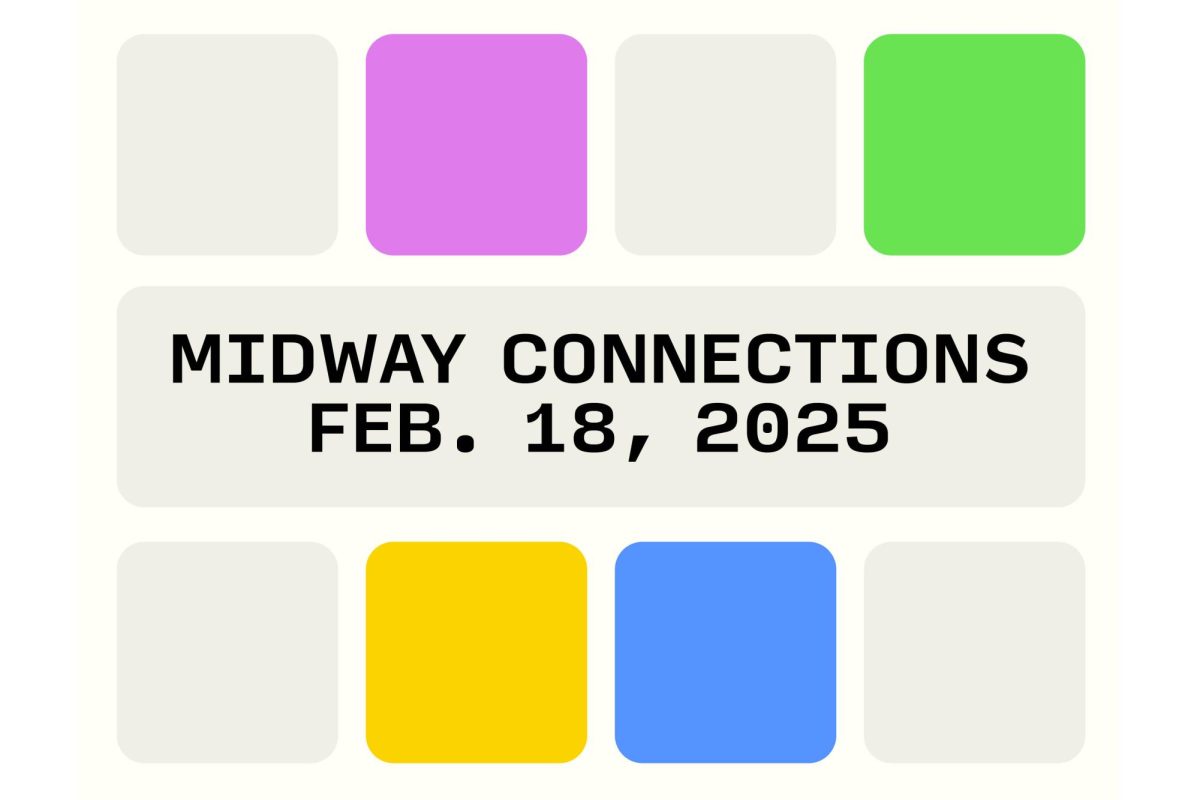With recent animated pieces like “Blue Eye Samurai” and “Spider-Man: Across the Spider-Verse,” it is apparent that a revolution is underway in the world of animation. The bar for artistic talent has never been higher, but “Arcane” — based on the video game League of Legends — still shatters expectations.
“Arcane” is arguably the most visually stunning piece of animated media created within the past decade. Arcane doesn’t aim for realism with its design, but the characters move with such fluidity it’s easy to forget they aren’t real. The level of detail is astounding, from a leaf fluttering to the ground in the background of a frame to meticulously animated dust particles floating through the air.
The most captivating aspect of “Arcane” Season 2, streaming on Netflix, is its exploration of moral ambiguity. As a result, each of the characters, who are often flawed or downright sinister, feel inherently human despite being animated. There is no typical “good guy” or “bad guy” in Arcane, only those struggling to survive and protect their communities. This deviation from the usual structure of storytelling is one of Arcane’s most appealing features.
“Arcane” rapidly shifts between perspectives but centers around sisters Vi and Jinx, who are separated by conflict between upper-class utopia Piltover and the poor “undercity” Zaun. Both originally from the undercity, the sisters find themselves on separate sides of a growing war: Jinx, a rebel under head crime lord Silco, and Vi, an ally with Caitlyn, a Piltover police enforcer and heir of the wealthy Kirraman family. In the Season 1 finale, Jinx fires a missile at the Council of Piltover, initiating the massive blowout that drives Season 2.
No character in Season 2 is definitively good or evil, and making even the most frustrating characters likable in their own twisted way is one of Arcane’s most impressive feats. In a society where judgement is our first instinct, Season 2 does a fantastic job demonstrating how there are always two sides to a coin, but neither holds more value. The tension between Caitlyn and Jinx is a perfect example of this: backed by completely different perspectives, they take similar actions against their enemies and are both flawed in doing so.
“Arcane” is hindered only by its own ambition. It is not given ample time to explore each complexity it introduces, an issue especially prevalent in Act 3, the final three episodes of the series, where it seems to barrel to its close. With hasty setup and underdeveloped consequence, the final episodes introduce alternate universes and rapidly exterminate characters, a progression that seems uncharacteristically rushed when compared to the first season.
Each character is so well crafted in both design and in development, it would be a wasted opportunity to take the show at face value and ignore the details left by its creators. Overall, Arcane sets a new standard for animation with both vivid storytelling and beautiful visuals, paving the way for future projects.

















